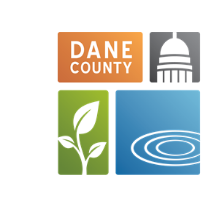
Non-native species (such as plants, animals, or pathogens) that are brought into a new area may spread rapidly and widely and cause major harm to the native ecosystem and humans. When this happens, they are considered to be invasive species. One of the reasons that invasive species are able to thrive in a new ecosystem is that they often do not have the predators and competitors they had in their native ecosystem. Without these natural checks and balances they are able to reproduce rapidly and out-compete native species. The net result is a loss of diversity of native plants and animals as invasive species multiply and take over. Invasive species are the second most significant reason, after habitat loss, for the loss of global biological diversity and cost upwards of $150 billion annually in the United States.
Invasive species that live in wetlands or water are called aquatic invasive species (AIS). Prevention is the best method for controlling aquatic invasive species as once they are present in a waterbody it can be very difficult, if not impossible, to remove them. The Department's Lake Management Division staff have been active in implementing AIS prevention and control since 2009. Learn more about awareness, prevention, and management of aquatic invasive species in Wisconsin and Dane County in the links below.
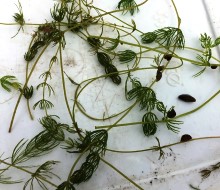
The links below provide information about AIS in Dane County and AIS Mapping Tool (from Wisconsin Department of Natural Resources) and fact sheets (Golden Sands Resource Conservation & Development Council, Inc.).
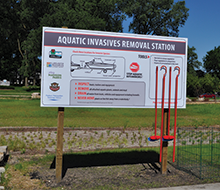
Whether you are a boater, angler, paddler, aquarium enthusiast or simply someone who enjoys spending time on the water, you have an essential role in keeping Dane County waterways free of AIS. The Wisconsin DNR has information about what you can do to prevent the spread.
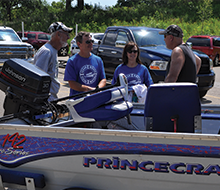
Collects data and educates aquatic users about aquatic invasive species and how they are spread. Program goals include protecting environment and economy from invasives through educational outreach, strategic planning, and active management.
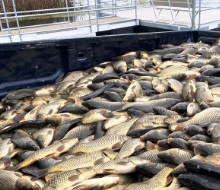
Carp are detrimental to water quality and disturb habitat for native aquatic plants and animals. The department has assisted with various studies and removal efforts on Lake Wingra, Cherokee Lake, Indian Lake, Lake Kegonsa, and Mud Lake and have removed an estimated 800,000 pounds to date.